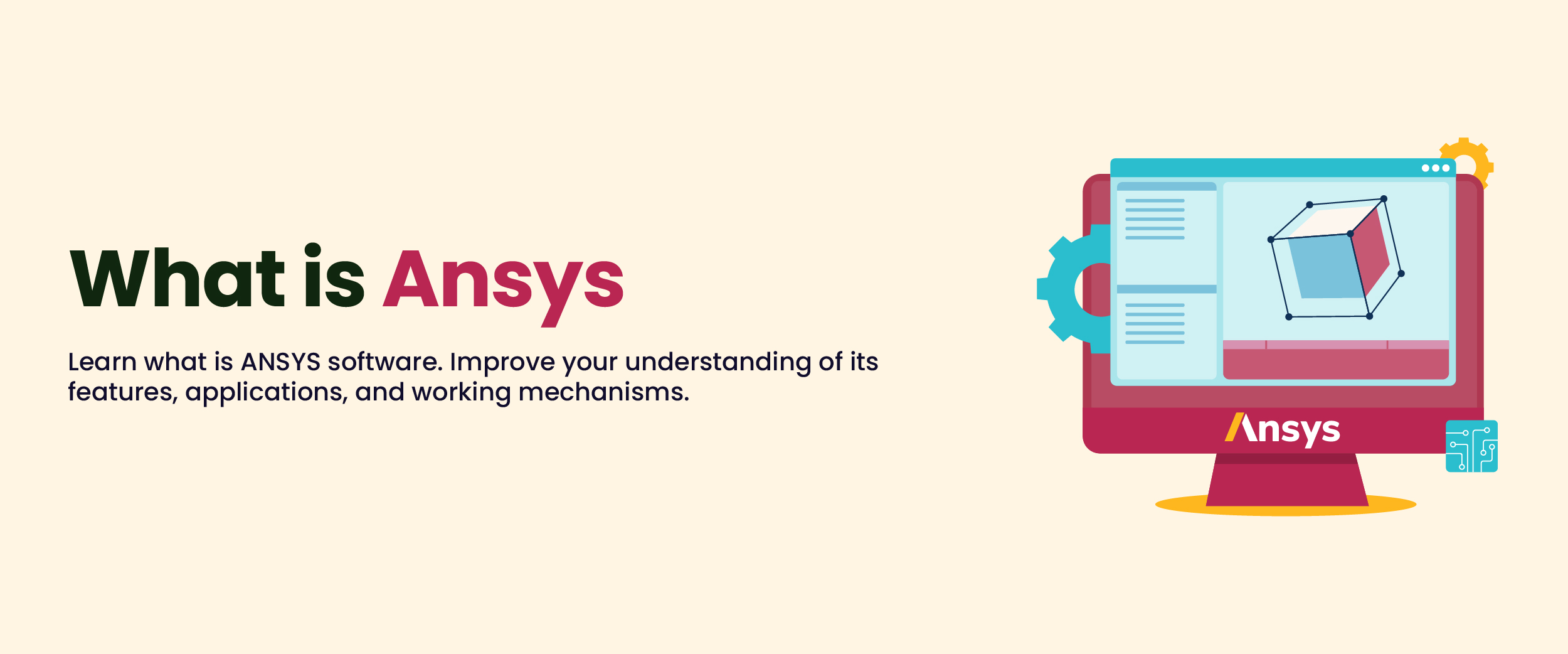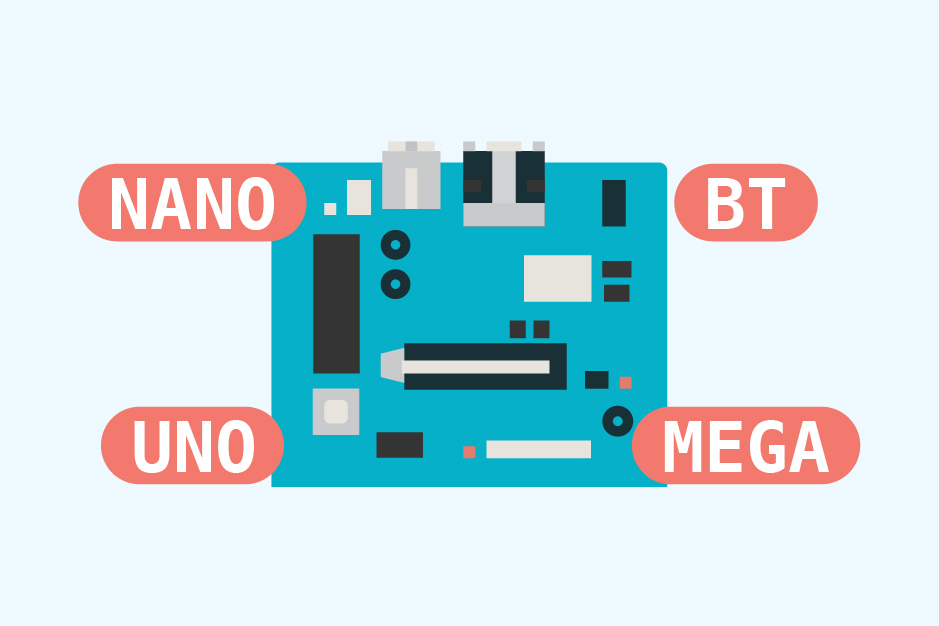What is Ansys? Meaning, Features, Applications, and Benefits
It was in the 1960s that John Swanson started developing the idea of a general purpose engineering software. After leaving his current company he founded Swanson Analysis Systems Inc. in 1970 and Ansys was born. Today, Ansys is the solution to the engineering industry where finite element analysis is performed by engineers by hand.
Imagine that a product is launched without testing it in real-life conditions. There will be cars that use up all the battery even before a kilometer of its run or air conditioners failing to regulate temperatures. However, testing each product could increase the expenses, and could be time-consuming as well. This is where Ansys comes to the rescue. In this blog, we will discuss what is Ansys, its genesis, latest features, applications, and benefits.
What is Ansys?
Ansys is an analyzing software that provides its users an understanding of how their product will work or not work in real conditions. It is also called engineering simulation software and FEA or finite element analysis software. It analyzes a wide range of problems related to mechanical product design and civil structure design by using numerical techniques. These design models can be further tested for strength, elasticity, toughness, distribution, and temperature.
Through Ansys, engineers innovate freely and in a more experimental environment. It saves both time and manufacturing costs, along with reducing the risks involved in the process from designing to manufacturing. Ansys also has software for data management and backup along with academic research and teaching. You can learn more about this and enhance your knowledge and skills by going through an online Ansys course.
Key Features of Ansys
Just like any other software, Ansys keeps adding new features for its users. Here are some of the latest features added to the Ansys software:
- Resource Prediction: What is Ansys’s advantage is that it helps save resources and time. Hence, resource prediction helps the user in knowing about the required money, time to solve the problem, and other resources needed and in what amount before the testing.
- Contact Setup: This is for automotive users. A simplified setup allows the user to specify the target surface without creating multiple contact definitions. An example of contact is between adhesive and metal sheet components.
- Topography Optimization: Using this feature the user can identify the optimal locations of the mesh node without changing the thickness or shape of the design.
- Electronics Reliability and Modeling: This feature helps you open several CAD file types directly in the Ansys software. The user can also control the degree of detail in the components of a model.
- Cycle Jumping: This feature helps in reducing the solution time for thermo-mechanical fatigue. The software does it by analyzing the previous solving cycles and updating itself with the results.
Applications of Ansys
To know better what is Ansys software, one needs to know where it can be used. Here is a table explaining some of the applications of the software:
| Sr. No. | Application | Function |
|---|---|---|
| 1. | Autonomous Sensor Development | This helps in the development of autonomous vehicle sensor capabilities that include Lidar, Radar, and Camera. |
| 2. | Battery Simulation | Ansys helps in improving the battery design while maintaining the standards of its performance, size, cost, reliability, and above all safety. |
| 3. | 3D Design | 3D prototypes can be developed to make faster decisions by reducing development costs. |
| 4. | Multiphysics | Through Ansys, we can study complex interactions between fluid, electromagnetic, thermal, and other forces to improve product design. |
| 5. | Antenna Design and Placement | Antennas are used for a wide variety of fields ranging from smartphones to defense purposes. Electromagnetic simulation of antenna design and its interaction with the system allows one to analyze its work in real-life situations. |
| 6. | Avionics and Flight Controls | Through Ansys, avionics that are engine controls, flight control systems, cockpit display systems, and others are analyzed. This is to ensure functional safety, and cybersecurity and develop certified embedded software. |
| 7. | Battery Pack and Module Thermal Management | This is for finding solutions to make cost-effective cooling devices within the space of a product and safer batteries. |
| 8. | Autonomous System Development | It focuses on model-based safety and cybersecurity solutions to develop autonomous systems and their certification. |
Benefits of Using Ansys
Along with knowledge of what is Ansys software, you should also be aware of its benefits. Here are some of them:
- It performs advanced engineering simulations accurately. This is the key to an enhanced product design leaving room for less error.
- It optimizes various features like geometrical design, boundary conditions, etc.
- It runs multiple solver technologies parallelly, giving fast solutions. The more efficiently a user does it, the more time they save to work on their next project.
- It can stimulate the interaction between dynamic, static, and fluid elements. One of the most important advantages of Ansys is this interaction. This is because it resembles the real world where the product will be used.
- It uses inputs and evaluates the product behavior according to it. It is in line with physics and allows room to test dynamic inputs.
- It allows the user to automate workflows according to their specific requirements. This is done with the help of ACT or Application Customization Toolkit. ACT uses Python as a background scripting language.
- It lets its users import geometrical shapes from different CAD software and further use them in performing simulations.
Conclusion
What is Ansys, the simple answer to the question is that it is an important software for professionals today. Engineers through Ansys carry out a dynamic analysis. It ensures the efficiency of the organization, making it viable in the competitive world. Non-linear applications, Multiphysics, Composites, Optimization, Customization, Dynamics, and Hydrodynamics are some of the fields where students of mechanical engineering can make use of this software. Though not difficult to use, a user needs to have some pre-existing knowledge to use Ansys to its greatest potential.







